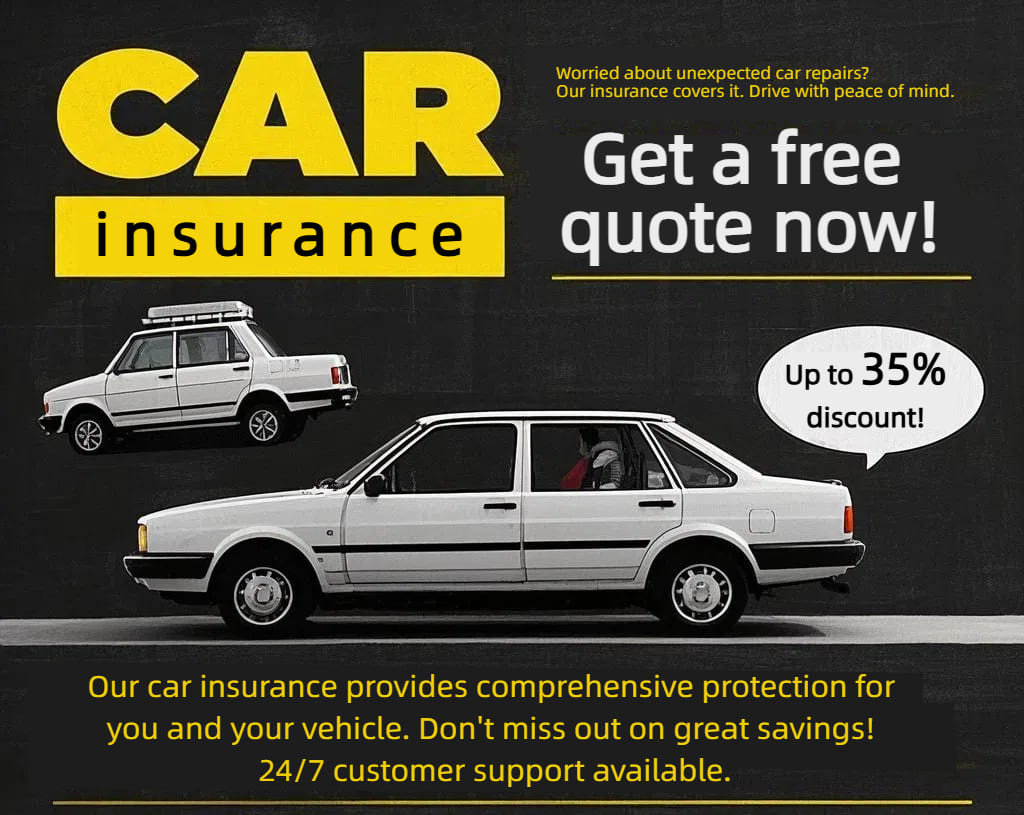Buy or Renew Car Insurance Like a Pro: Online Quote Hacks & Claims Survival Guide
Master car insurance like an expert with our guide to securing optimal online quotes and navigating claims efficiently. Learn how credit scores (680+ saves 22%), hidden discounts (multi-car bundles cut 22%), and strategic deductibles impact costs. Includes a 5-step quote comparison system, deadline-driven claims checklist, and renewal traps to avoid.
1:Key Insurance Terms Demystified
Premium : Your monthly payment. Pro Tip: A 680+ credit score can cut premiums by 22% (WalletHub).
Deductible : What you pay before coverage kicks in. Higher deductibles lower premiums but increase out-of-pocket costs.
Coverage Limits : Maximum payout per incident. Critical: In no-fault states like Florida, PIP minimum is $10k medical/$5k death.
Exclusions :Void coverage scenarios. Watch: Most policies exclude racing/ridesharing without add-ons.
2:5-Step Online Quote Optimization
Optimize car insurance quotes in 5 steps: Prepare your VIN, annual mileage (keep under 10% error), and current policy details for accurate comparisons; use tools to match identical 25/50/25 liability coverage across providers like GEICO and Progressive while screenshotting time-sensitive quotes; unlock hidden discounts including 3% for paperless billing, 22% for multi-car bundles, and 12% off with AAA defensive driving certificates; choose annual payments to save $89 in fees and leverage cashback credit cards; finally, verify zip codes and state-specific requirements (e.g., PIP in Illinois)—California users saved $336 semi-annually via bundled home insurance and e-bill discounts.
3:Consider the Level of Coverage You Need
The level of car insurance coverage you require depends on several factors, including the value of your car, your driving habits, and your financial situation. If you have a new and expensive car, you may want to opt for more comprehensive coverage to protect your investment. On the other hand, if you have an older car with a lower value, you may be able to get by with a more basic liability - only policy. Also, consider your driving patterns. If you drive long distances frequently or in high - traffic areas, you may need higher levels of coverage to account for the increased risk of accidents.

